The Army’s occupation of heights along Kailash Range may have strengthened the Govt’s hand in talks with China but it has not grasped the significance of the military action
On October 15, External Affairs Minister S Jaishankar stated that the India-China talks on disengagement were “confidential and a work in progress.” Subsequently, former military veteran and journalist Ajai Shukla wrote on October 23 that the Government was in talks with the Chinese for a “Doklam-type agreement” which would result in “mutual troop withdrawals in the Pangong Tso sub-sector of Eastern Ladakh.” If he is correct, and there is no reason to disbelieve Shukla, given the accuracy of his earlier reports on the imbroglio, then our political establishment (as it has on numerous occasions earlier) is once again showing utter ignorance of how the military operates and is in the process of succumbing to Chinese pressure, grasping at straws in the hope of achieving what can, at best, be termed as illusory peace.
The truth is that even a cursory peep into our history suggests that our politicians lack the resolve to see things through, especially when the going gets tough. Oddly enough, they have also repeatedly shown themselves to be remarkably incompetent when it comes to negotiations with adversaries. Pandit Nehru, for example, turned out to be extremely short-sighted in his handling of the Jammu and Kashmir (J&K) issue, seeking to negotiate a settlement just as preparations to recapture lost territory were moving forward. We are still paying with blood in J&K for his follies then.
To add to that, Nehru’s disastrous handling of the Indo-China relationship continues to haunt us to this day as well. What was pathetic at the time was his abject surrender and acceptance of defeat without even a semblance of resistance, reflected in his farewell address on radio to our Assamese brethren after our forces had retreated from Arunachal Pradesh. This was not just a reflection of his incompetence or inability to understand the manner in which the military operates, but more importantly, showed him to be irresolute and lacking in moral fibre as well, a flaw that taints most of our political establishment even today.
While one cannot blame Prime Minister Shastri for either lack of spine or absence of principles, he, too, showed complete ignorance of how the military operates and, therefore, a remarkable lack of judgement in his talks with Field Marshal Ayub Khan of Pakistan at Tashkent after the Indo-Pak War of 1965. The decision to vacate Haji Pir Pass, a key feature in the Pir Panjal mountain range, was to put it mildly, not just short-sighted but utterly naïve. The fact of the matter is that its capture, after a brilliantly-planned and executed operation, not only allowed us the option to reach Poonch directly from Uri but also dominate the important townships of Rawalkot, Bagh and Kotla in Pakistan Occupied Kashmir (PoK). They could have been ours to occupy at any time of our choosing. These locations are now used by Pakistan as launchpads to push militants into Kashmir.
While the Bangladesh Liberation War was undoubtedly an unequivocal victory, its post-war impact weighed heavily on our military. Not only did Prime Minister Indira Gandhi reduce pensions and the status of the military, she agreed to the return of 90,000 prisoners of war (PoWs) without either forcing Pakistan to enter into an agreement on the status of J&K or getting back our own servicemen captured by them. The fact that 54 of our servicemen continue to languish in Pakistani captivity is shameful. But what is worse is the Government’s utter disinterest in getting our PoWs back. As some may be aware, there is an ongoing case in the Supreme Court, lodged by their next of kin, requesting it to direct the Government to take all necessary measures to arrange for their return, sadly with little success till now. This is not just a reflection of the callousness or lack of empathy within our political establishment that only gives importance to anything that impacts its electoral prospects, but also indicts all of us citizens, who prefer to live in ignorance.
Leaving all this aside, to understand what exactly the signing of a “Doklam- type agreement” signifies, we would need to focus on how that confrontation, in July 2017, which lasted for 75 days, played out. To understand the context, it is necessary to remind oneself that at that time, our general elections were due in just over a year and the NDA Government was already facing difficulties because of a faltering economy, not helped by a rather disastrous demonetisation exercise.
Clearly the last thing the Centre needed was trouble on our borders. This is ironical, given that the BJP probably won handsomely because of the Pulwama incident and our subsequent attack on Balakot.
The critical importance of the Doklam plateau lies in the fact that it straddles the People’s Liberation Army (PLA)-occupied Chumbi Valley, which is to its north, and the Jampheri Ridge to its south, which overlooks the Siliguri Corridor, India’s lifeline to its North-Eastern States. Though the status of the Doklam plateau itself is under dispute with the Chinese laying claim, it was till recently in the possession of our steadfast ally, Bhutan. Therefore, it would be reasonable to expect that the Indian Army would intervene in support of the Bhutanese Army if the Chinese attempted to illegally occupy the plateau, given the potential threat that it posed to our own security as well.
Therefore, when the PLA commenced road construction towards the Jampheri ridge, our Army did respond to the ingress in an extremely robust manner to halt Chinese road construction activity. Surprisingly, however, this action was at the initiative of the local commanders on the ground, unwilling to be bullied by the PLA, reportedly much against the wishes of the Army Headquarters and the Government, who were probably fearful of the consequences of opposing the Chinese.
Favourable public opinion, however, forced the Government’s hand and they had no choice but to walk the talk on nationalism. This matter was subsequently supposedly resolved at the Wuhan informal summit where a vaguely-worded statement, the so-called “Wuhan Consensus”, was released. In view of the mutually-agreed withdrawal of troops by both sides at the confrontation site to reduce tension and probably based on good faith, the Indian Army carried out troop withdrawals as required. However, the PLA reneged and after pulling back only a few hundred metres, established a new camp, recommencing road construction activity along a slightly different alignment three months later. In the process, it illegally occupied much of the Doklam plateau.
The latest reports suggest that they completed construction in January 2019 with the road terminating at the base of the Jampheri ridge.
However, the response of the Government to this provocation was remarkably subdued with no counter-action being initiated by the Army against renewed Chinese activity. Clearly its hands had been tied by the Government making abundantly clear that the present Prime Minister had, like those before him, succumbed to Chinese pressure despite being fully aware of the grave implications of the Chinese activity. Therefore, the Government’s refusal to acknowledge the PLA’s alleged occupation of approximately 1,000 sq km of disputed territory in eastern Ladakh was not unexpected. Nor was the public endorsement of this stand despite the loss of 20 bravehearts to Chinese treachery at Galwan.
Since then, the surprise pro-active action of the Army to occupy heights along the Kailash Range may have strengthened the hands of the Government in the continuing negotiations but it has not truly understood the significance of the military action.
If India understood the importance of the military action, it would refuse to discuss the issue in any talks just as the Chinese have done over their occupation of disputed territory in the Depsang sub-sector. While it is quite apparent that the Chinese are not in a favourable position to launch a full-fledged offensive at present due to hostile weather conditions and a lack of requisite forces, the situation may well change by next spring.
Would the Government then still remain steadfast in its aim and continue to confront the bully, or will it back down, as it has before, accepting some facile, token, face-saving tidbit thrown at us by the Chinese? After the Centre’s earlier misstep in Doklam, there must be fairly serious reservations, within the security establishment at least, as to whether this Government can follow through on its present course to its logical end, especially given that China controls the escalation ladder.
Actions always speak louder than words and we will soon know if Modi has it in him to be different from those in whose footsteps he follows.
(The writer, a military veteran, is a Consultant with the Observer Research Foundation and a Senior Visiting Fellow with The Peninsula Foundation, Chennai)







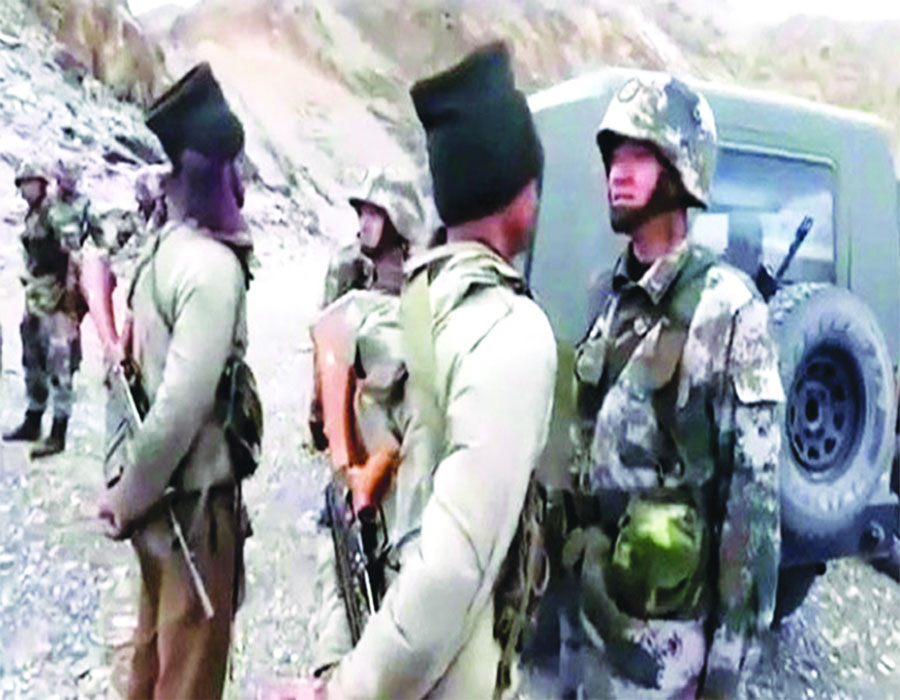
 OpinionExpress.In
OpinionExpress.In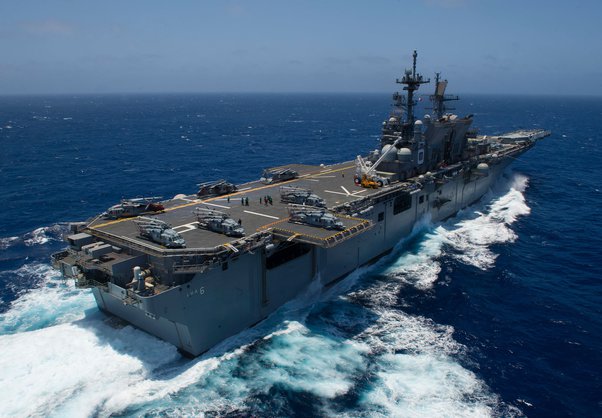
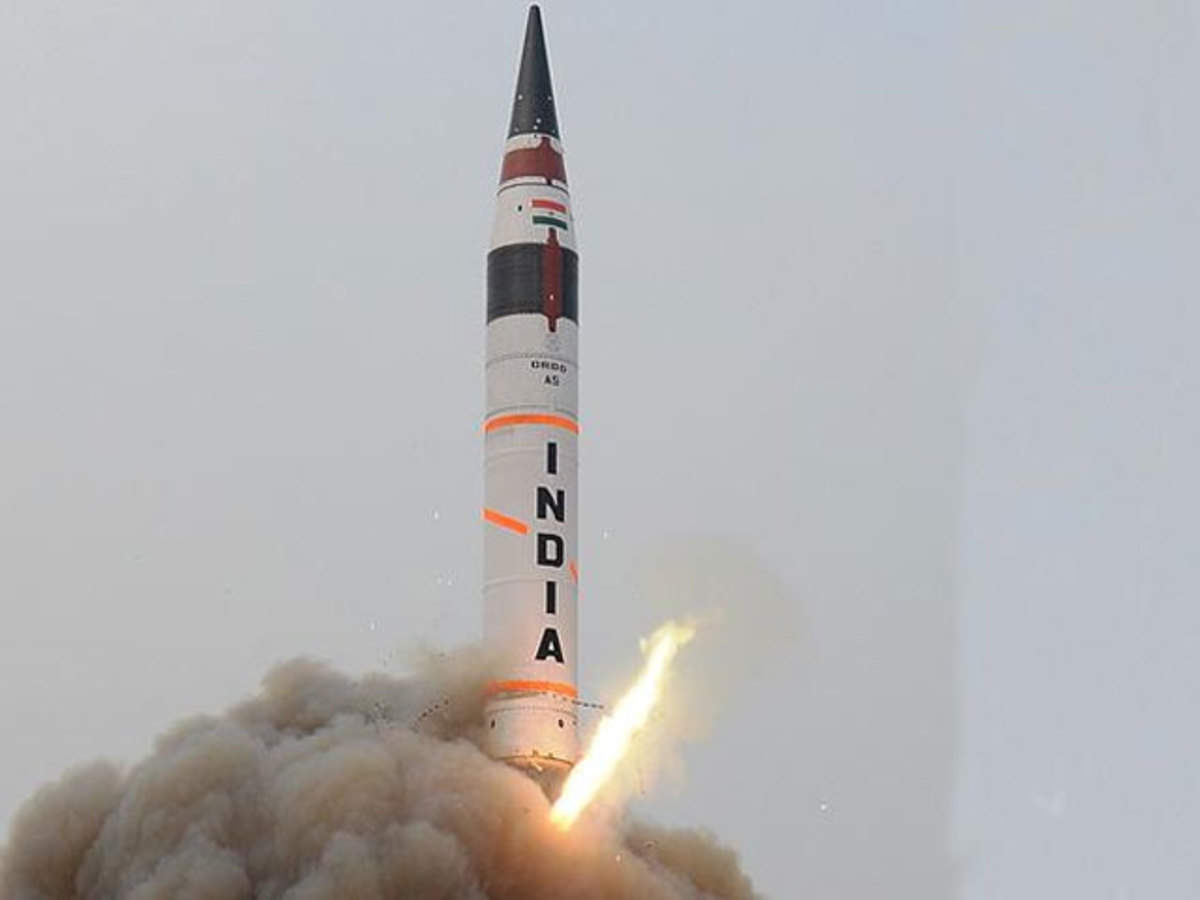
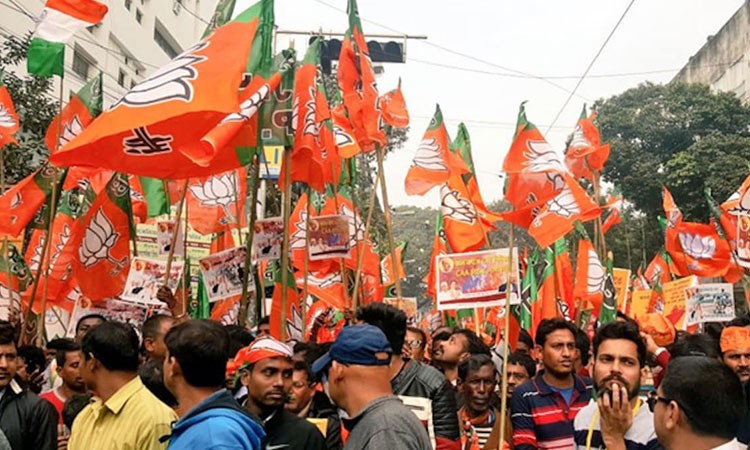
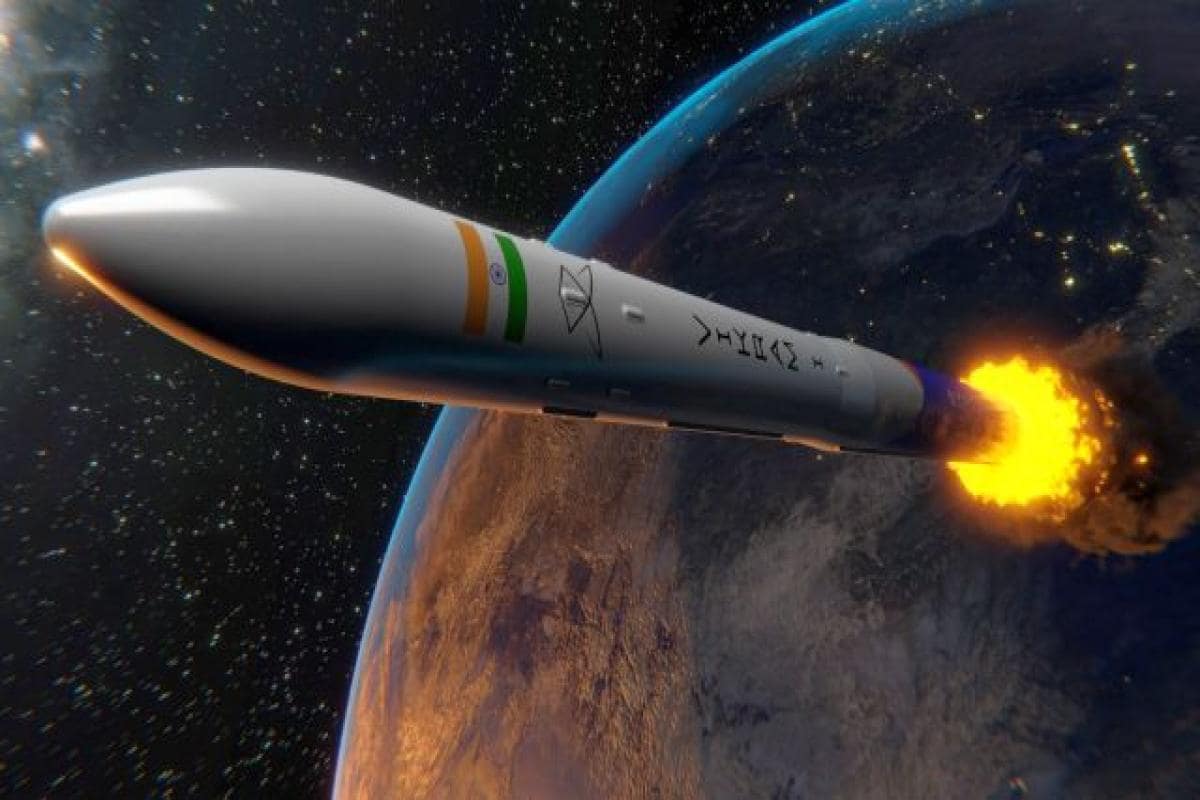
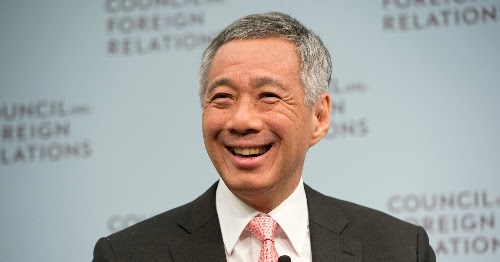
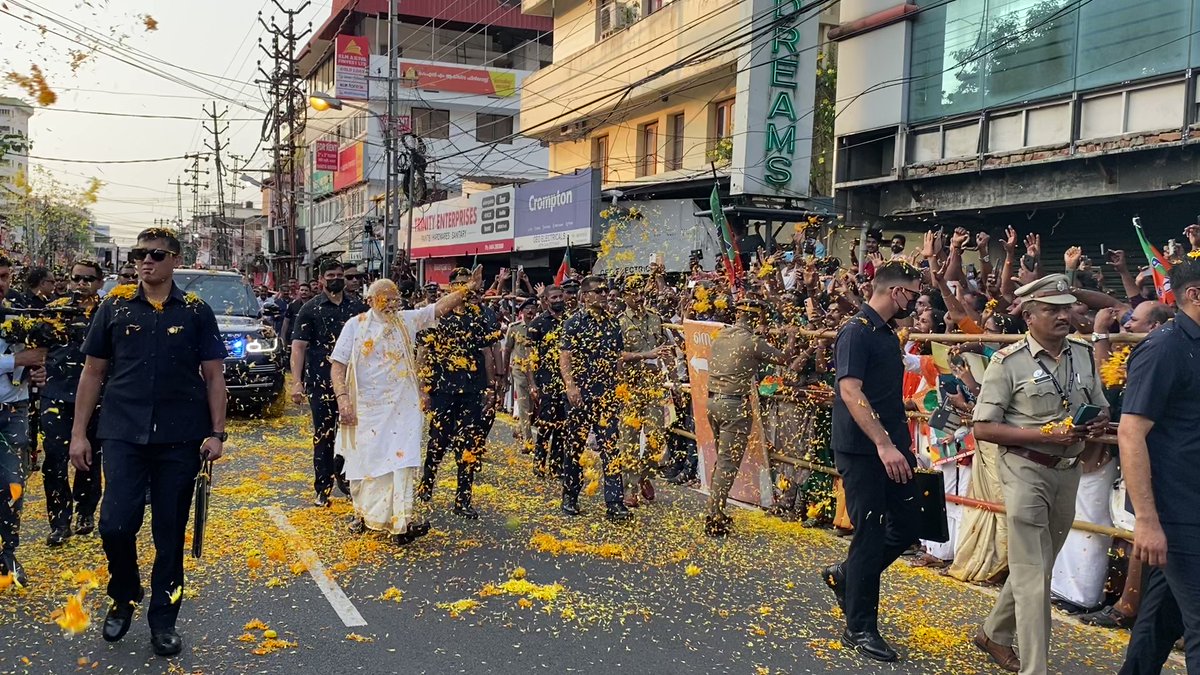
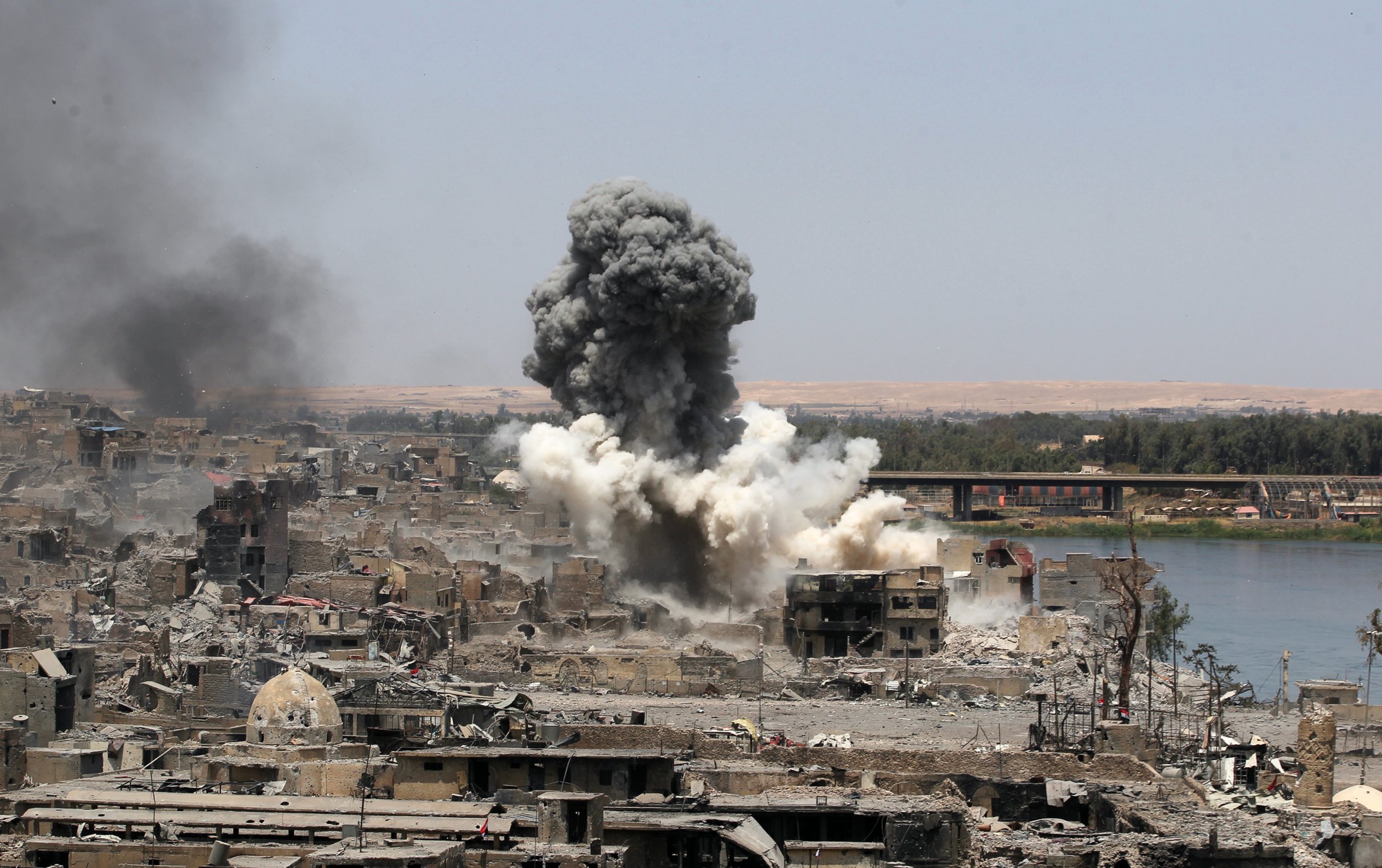
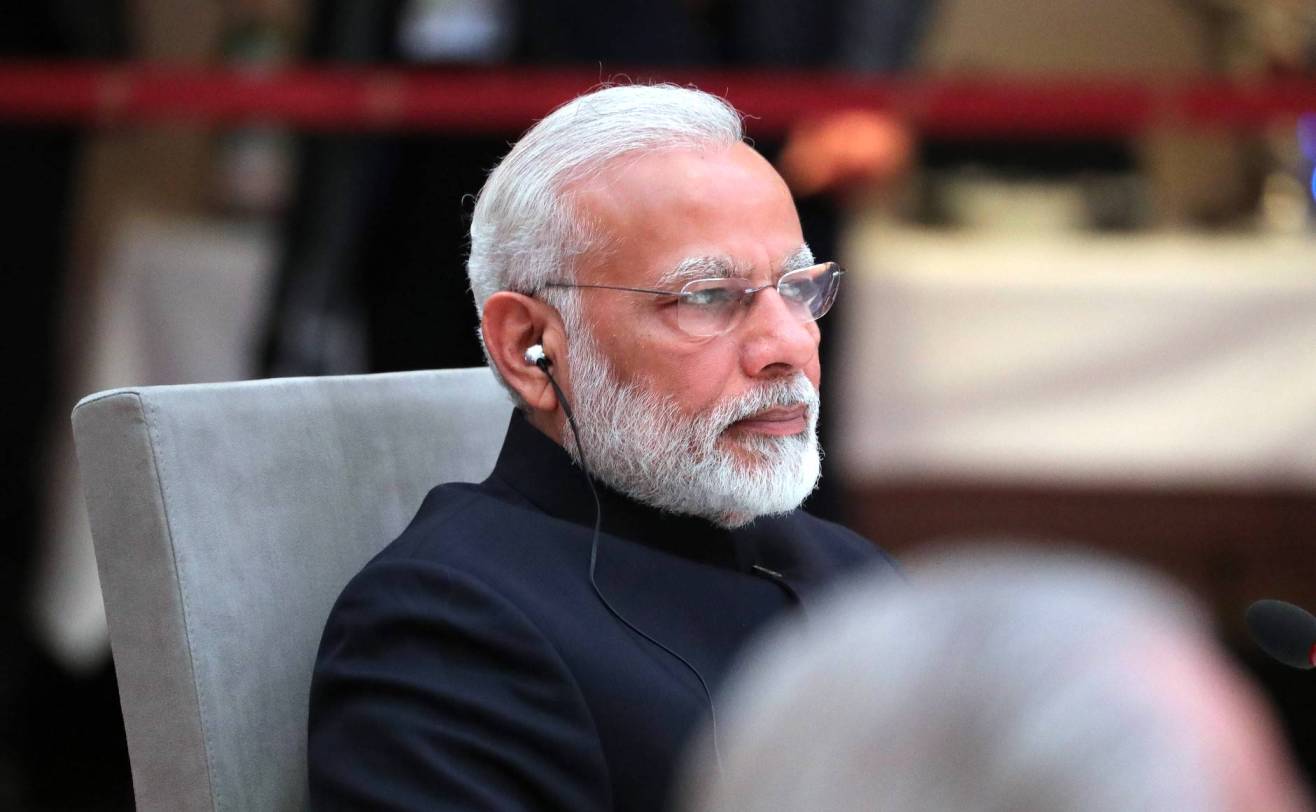
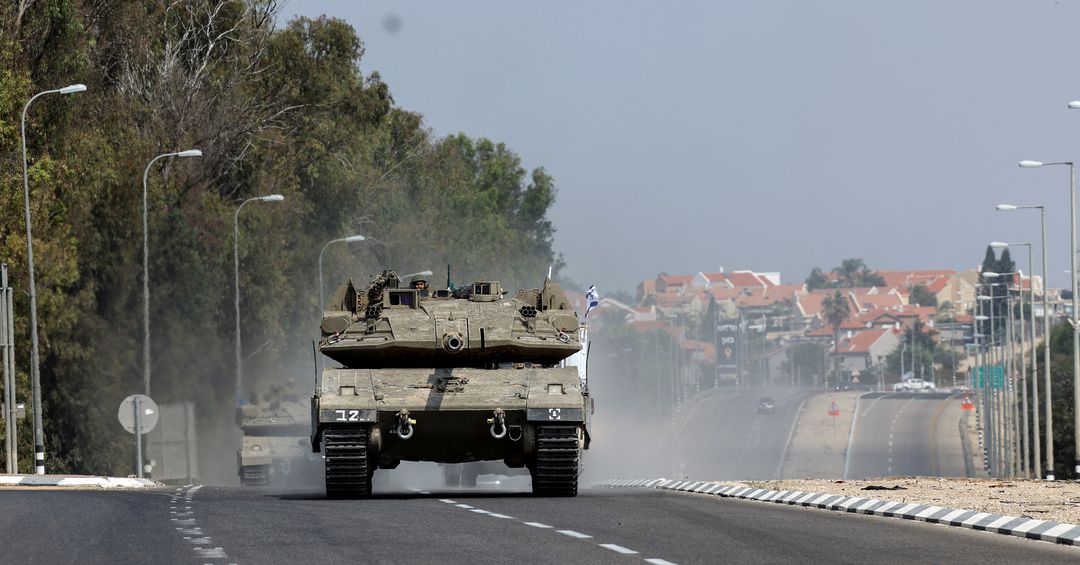
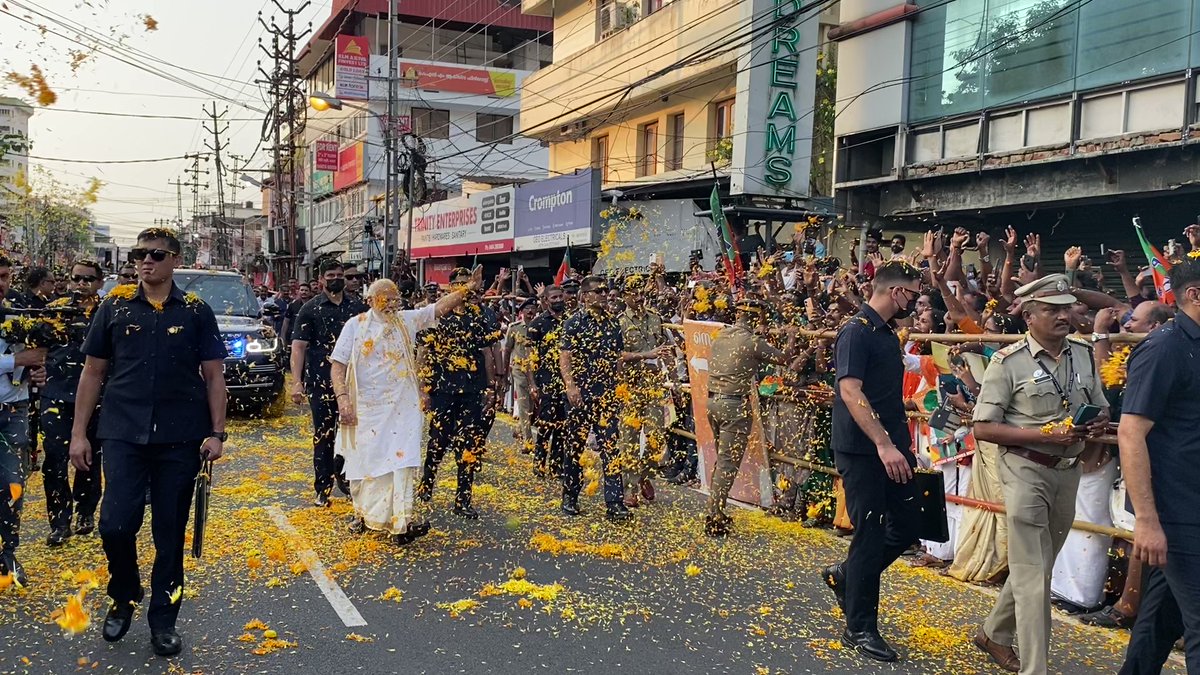






Comments (0)